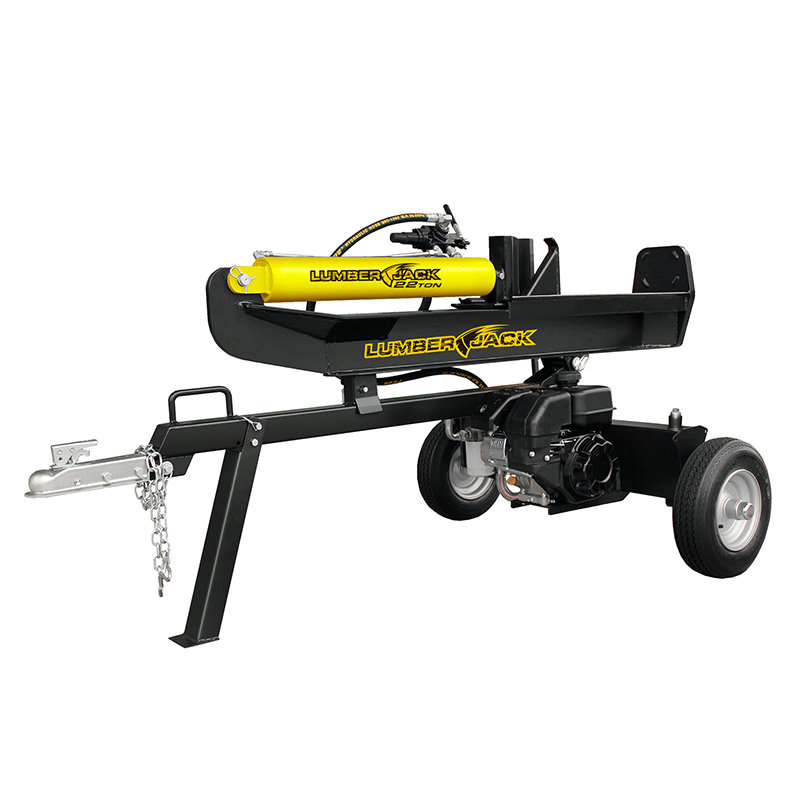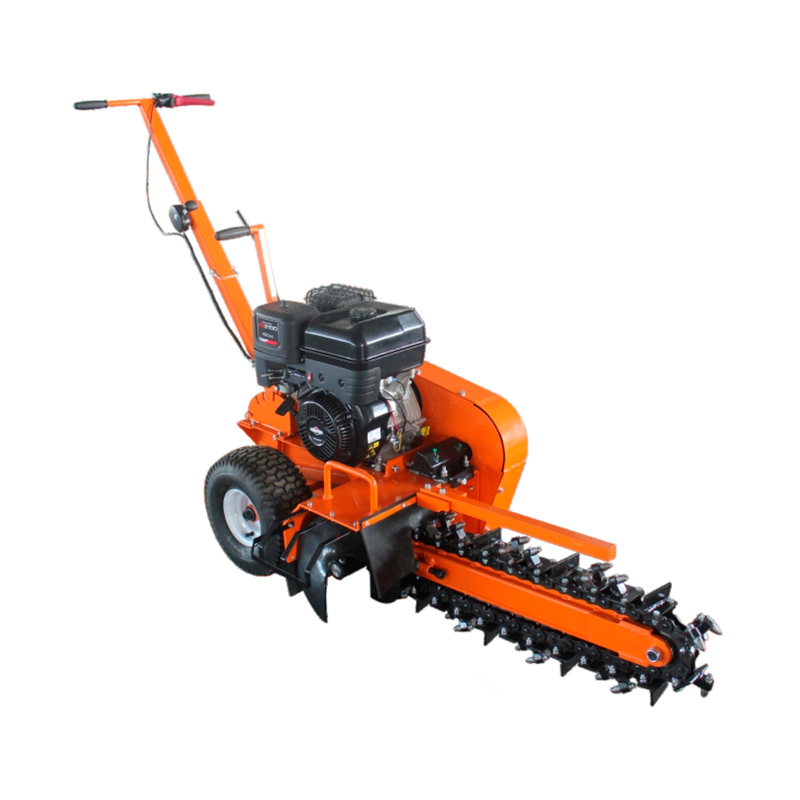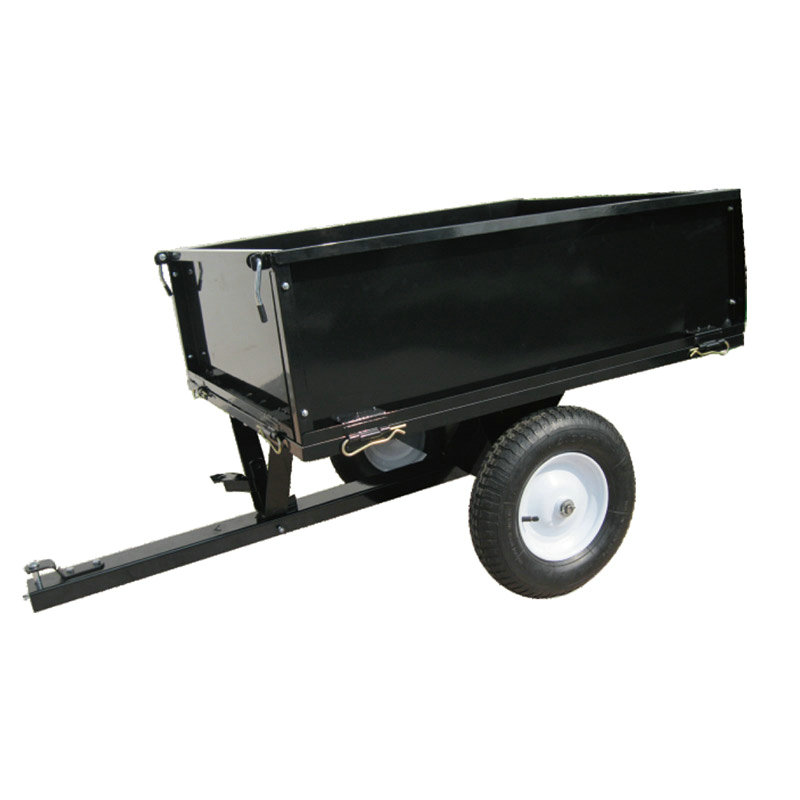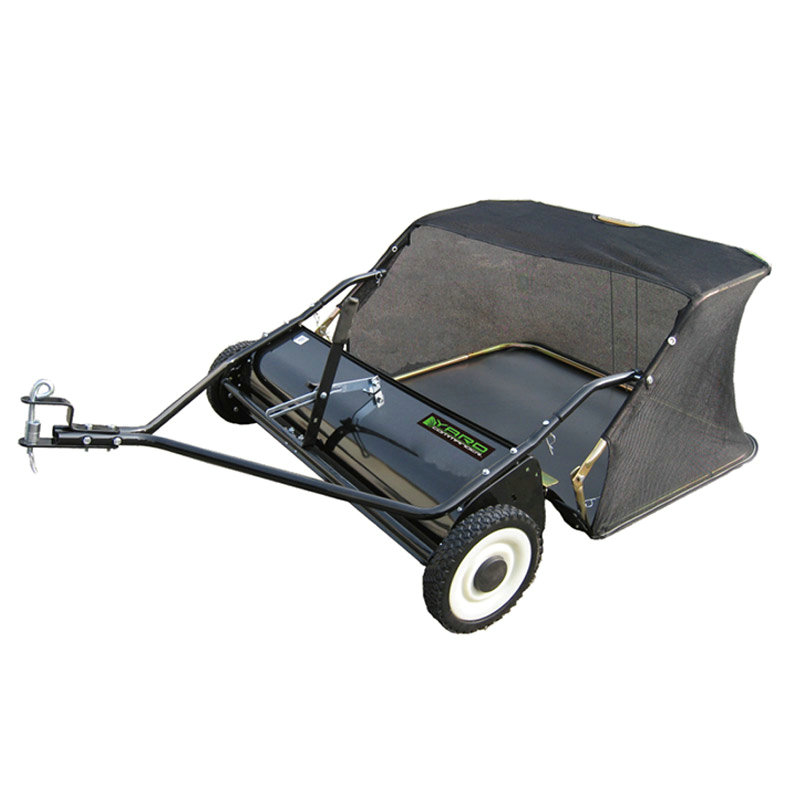When it comes to choosing a gas log splitter, you have two options: power and speed. If you want both, you will probably end up spending extra money. For most people, you probably do not need a gas log splitter with maximum power and speed. You should consider the features that you need most. This article will help you make a decision. Listed below are some of the advantages and disadvantages of gas log splitters.

Electric vs gas log splitters
When choosing between an electric or gas log splitter, the most important factor to consider is your own individual needs. While gas log splitters can work indoors and outdoors, they do require a power source, so you may be more limited in their uses. While electric log splitters do not require a power source, gas log splitters are great for locations where you do not have access to power sources. Gas log splitters can be towed behind a car, but make sure that the engine is rated for the speed you will be working in.
Gas and electric log splitters both offer different features, but gas models are generally more powerful and can be much heavier. Electric models are smaller than gas log splitters, so you can easily fit them in the trunk of your vehicle. They are also quieter than gas models, so you can use them without waking up other people. Electric log splitters are more expensive than gas log splitters, but they will also provide more features and power.
The benefits of an electric log splitter include being much cheaper than gas models and being able to use them indoors. Electric models are also lighter and compact, making them more convenient to use indoors. Plus, they can be used anywhere there is a 120V outlet. These benefits alone make electric log splitters the better choice for most homeowners. If you're considering buying one, be sure to read our guide to electric log splitters.
As far as power is concerned, gas log splitters do a better job. Electric models typically have fewer watts, making them more convenient for domestic use. However, standard electric log splitters do have surprising power. However, you should know exactly how much power you need in order to get the job done. If you plan on splitting a lot of cords, go for a gas log splitter.
Electric vs gas log splitters price
Among the differences in log splitters, the electric model has the advantage of less expense and is also more portable than its gas counterpart. However, it has less spitting capacity than gas log splitters. It is important to know what size logs you need to split before purchasing one. If you only need to split a few smaller logs, you can opt for an electric model. However, if you intend to split larger logs, you should go for a gas-powered model.
When comparing electric vs gas log splitters price, it is necessary to consider the tonnage and size of wood you plan to split. A six-inch diameter log requires four tons of tonnage, while a twenty-four-inch log requires a tonnage of 25-30 tons. Another important feature is the automatic ram return feature, which guarantees faster cutting of wood. Electric splitters usually have less noise than gas log splitters, so you can enjoy your fire without worrying about the sound.
When comparing electric vs gas log splitters, the first factor to consider is the type of log splitter you need. An electric model is easier to handle and requires less maintenance than its gas counterpart. Electric log splitters are generally cheaper than gas models, although you may want to consider gas models if you are in a busy household. If noise is an issue, you should choose an electric model. Unlike gas models, they don't produce fumes, which are harmful for the environment.
Both gas and electric log splitters have their advantages and disadvantages. Before buying a log splitter, it is essential to learn about its benefits and drawbacks. Before purchasing one, take into account the size of your logs, how often you plan to split them, and whether you need portability. When you decide on which log splitter to buy, it is essential to consider the size, diameter, portability, and power you need.
Electric vs gas log splitters size
Electric vs gas log splitters are two different kinds of wood splitting tools. These devices offer different benefits and features. Electric log splitters are more convenient for splitting firewood close to home and near an electrical outlet. Meanwhile, gas log splitters are a better option for splitting large logs frequently. The pros and cons of each type will help you decide which one is right for your needs. Here's a quick look at the differences between gas and electric log splitters.
Gas-powered log splitters are more powerful than electric log splitters. Gas-powered log splitters have the advantage of being independent of external power source. Furthermore, they are portable, making them ideal for a variety of situations. Whether you're looking for a portable log splitter or a large industrial one, Swisher has both types. These models come in a wide range of sizes and price ranges.
When it comes to size, gas and electric log splitters have similar features and advantages. However, gas-powered log splitters are less expensive and lighter than electric versions. They are also less noisy and require less maintenance. If noise is a concern, choose an electric model. But make sure to compare the features of each type before you purchase a log splitter. The size and weight of each type of log splitter is another thing to consider.
The size of electric log splitters should be considered carefully. Smaller woods like cedar and pine do not require the same amount of force as large, dense logs. Electric splitters should be able to handle logs up to 12 inches in diameter, while gas log splitters should handle larger ones. One drawback of electric log splitters is that they usually have fixed working positions. Unless you have a strong back, it's difficult to move the heavy logs from one place to another.
Electric vs gas log splitters weight
While you may prefer a manual tool over an electric one, you'll have to decide on how heavy you want to lift the appliance. An electric log splitter is much lighter than a gas log splitter and is more portable. On the other hand, gas models require more work and strength to operate, so they're not ideal for indoor use. And while gas models are more powerful, they also weigh more, so if you're not used to lifting heavy items, you may not want to purchase one.
The power level of gas and electric log splitters is similar, but the gas model can deliver more force. A gas model is typically much more powerful, producing about five to eight tons of force. Most consumers who need more power will choose the gas model. Electric splitters can produce a horizontal surface, but they won't cut larger logs than 12 inches in diameter. Most electric models can only handle a few logs at a time and have a minimum height of 18 inches. However, there are some electric models that are stronger than the listed weight limit.
When buying an electric log splitter, you should know the power that you need. Different models have different features, and the power required will be determined by the size of the logs you're splitting. Knowing how much power you need will make the process of buying an electric log splitter much easier, and will also help you to avoid overspending. Remember, that size also matters. Electric log splitters may be more convenient to store and deploy than gas-powered models.
Electric vs gas log splitters working position
Gas and electric log splitters both have a variety of benefits, but the primary difference between them is the operating position. Gas-powered log splitters are much louder, whereas electric models are quieter and easier to store. Both models are great for a variety of log sizes and can handle firewood stacking jobs. However, they are different in how much physical effort they require. Read on to find out how these two types of splitters differ.
Gas log splitters are typically more powerful than electric versions. Gas log splitters usually require a more robust engine. Depending on the size and type of logs you'll be splitting, an electric model may be better for you. While gas log splitters do require a higher level of maintenance, they are more reliable and often require less repairs. Electric models are often easier to use and can be used for more basic tasks.
While gas log splitters are more powerful, most electric splitters have a lower driving force. They require you to bend down or crouch down to use them. Gas log splitters are also generally more comfortable to use, especially when splitting smaller logs. A gas log splitter may be more powerful than an electric one, but most consumers don't require a high-powered machine. In addition to the working position, electric models are more convenient to maintain.
Electric splitters can be converted into a gas machine by replacing the motor. They work in the same way as a gas log splitter, but electric units tend to be a bit weaker. If you're planning on buying an electric log splitter, be sure to check the power rating, capacity, and other features before making your decision. You'll be happy you did. When choosing between gas and electric log splitters, be sure to research which type will best meet your needs.

 see more
see more
 see more
see more
 see more
see more
 see more
see more


